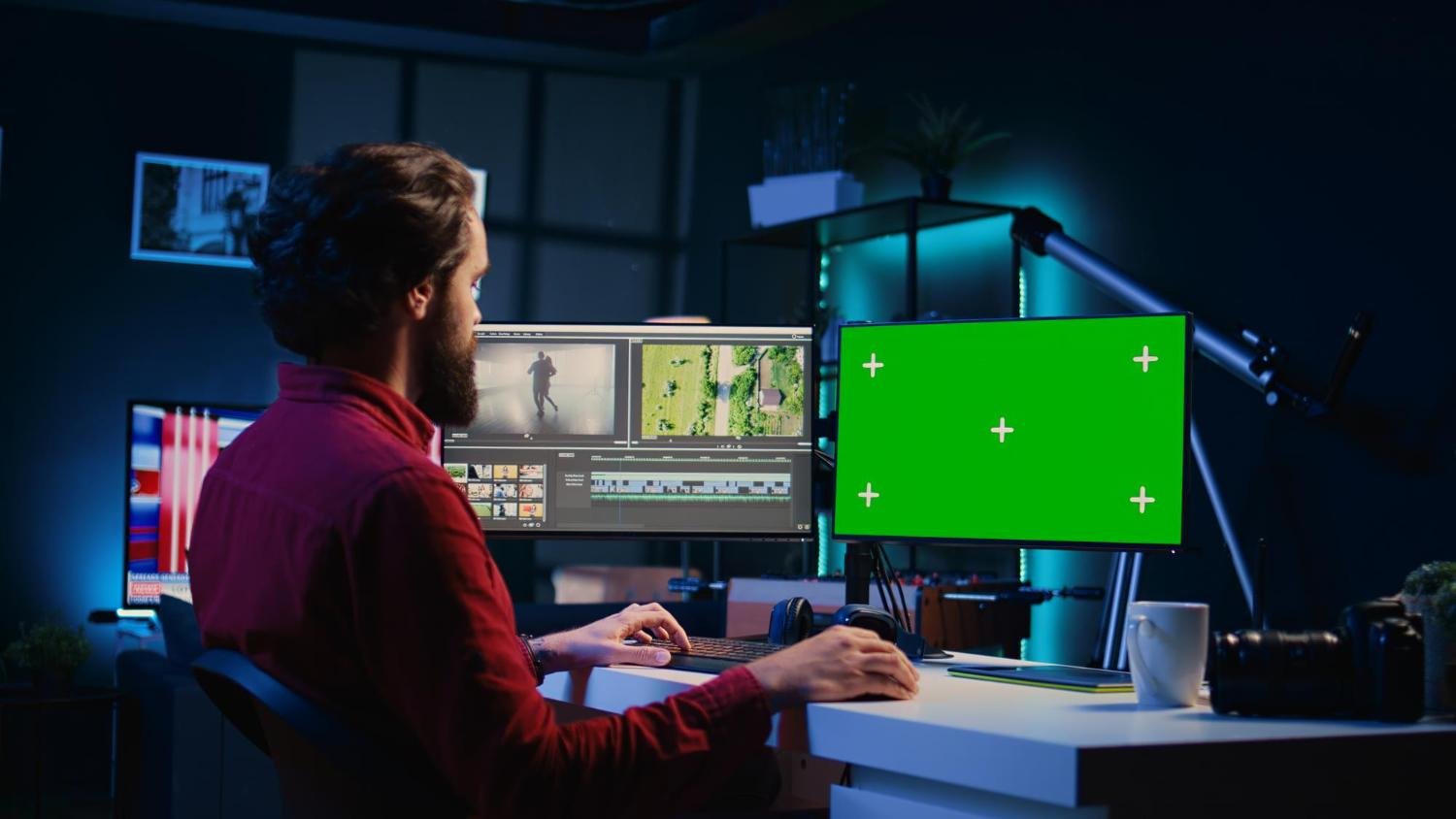In the modern world of digital content, explainer videos have become a key tool for businesses, educators. And creators to convey complex ideas in an engaging and simple way. These short, concise videos can break down intricate concepts, products, or services. And make them easily digestible for a wide audience. Central to the effectiveness of these videos is motion graphics design, a powerful visual tool that enhances storytelling, drives engagement. And ensures the message is clear and captivating.
In this article, we will explore the critical role that motion graphics design plays in the creation of explainer videos. And why it has become such an essential element in this popular form of communication.
1. What is Motion Graphics Design?
Before diving into its role in explainer videos, let’s define what motion graphics design actually is. Motion graphics refer to animated graphic design elements that create the illusion of motion or transformation. This technique blends graphic design, animation, and storytelling to craft visuals that capture attention and bring static images to life.
Unlike traditional animation, which often focuses on character-driven stories, motion graphics are typically used for communicating ideas, data, and messages. Think of them as a way to animate logos, text, icons. And other design elements to enhance the viewer’s understanding of a topic or product.
In the context of explainer videos, motion graphics design is used to visualize abstract ideas, illustrate key points. And make the content more engaging and visually appealing.
2. The Role of Motion Graphics Design in Explainer Videos
Explainer videos rely heavily on visuals to simplify complex information. And motion graphics design plays a pivotal role in achieving this goal. Here are some of the key roles that motion graphics play in enhancing explainer videos:
2.1 Simplifying Complex Ideas
One of the primary benefits of motion graphics design is its ability to make complicated concepts easier to understand. Whether you’re explaining how a new app works or showcasing the benefits of a product. Motion graphics allow you to break down these ideas into visual components that viewers can grasp quickly.
For example, a company introducing a new software platform may use motion graphics to show step-by-step processes. Illustrate how different features interact, or visualize data flows. These animations help demystify technical details, turning abstract concepts into tangible visuals that are easy to follow.
2.2 Keeping Viewers Engaged
In the fast-paced digital world, attention spans are shorter than ever. To keep viewers engaged, explainer videos must be dynamic and visually stimulating. Motion graphics design excels at this by creating continuous movement and transitions that hold the viewer’s attention.
Rather than relying on static images or text, motion graphics use fluid animations. That guide the viewer through the content in a seamless and entertaining way. Eye-catching transitions, colorful graphics. And lively movements keep the viewer’s focus on the message, helping them retain the information being presented.
2.3 Enhancing Storytelling
Every good explainer video needs a compelling story. Motion graphics design can enhance storytelling by visually representing the narrative, making it more engaging and memorable. Whether it’s a journey of how a problem is solved, a timeline of events, or the steps involved in using a product, motion graphics bring the story to life.
For instance, a brand might use motion graphics to create animated characters that guide the audience through the journey of discovering a problem and finding a solution with their product. The visuals not only support the narrative but also make the story more relatable and fun, increasing the emotional connection with the audience.
2.4 Supporting Brand Identity
In addition to clarifying information, motion graphics design is also an important tool for reinforcing a brand’s identity in explainer videos. Every element of motion graphics – from color schemes to typography – can be customized to align with a brand’s aesthetic, making the video feel cohesive and representative of the brand’s values.
Motion graphics can incorporate branded elements like logos, colors, and fonts, ensuring that every visual aligns with the company’s visual identity. This not only makes the video more professional but also builds brand recognition, helping the audience associate the visuals with the company long after they’ve watched the video.
3. Benefits of Using Motion Graphics in Explainer Videos
The importance of motion graphics design in explainer videos can be further understood by looking at the tangible benefits it brings to the table.
3.1 Versatility Across Industries
Motion graphics are incredibly versatile and can be applied across a wide range of industries, from technology and healthcare to education and entertainment. They are especially useful for businesses that need to communicate abstract or technical concepts, such as explaining how a medical device works or detailing the features of a new piece of software.
Because motion graphics design can be customized to suit different styles and tones, it works just as well for a playful, cartoon-like explainer video as it does for a serious, corporate presentation.
3.2 Cost-Effective Compared to Live-Action
Creating live-action explainer videos often involves high production costs, including actors, locations, and post-production work. In contrast, motion graphics design is typically more cost-effective while still delivering high-quality, professional results. With motion graphics, there’s no need to hire actors or shoot on location – everything is designed and animated digitally.
This makes motion graphics an attractive option for small businesses or startups that need compelling visual content but may not have the budget for a full-scale live-action production.
3.3 Scalability and Adaptability
Another significant advantage of using motion graphics design in explainer videos is scalability. Once the motion graphics are created, they can easily be adapted for different platforms, formats, and lengths. Whether you need a short version for social media or a full-length explainer video for your website, the animated elements can be scaled and repurposed to fit various needs.
Additionally, motion graphics can be updated or modified without the need to reshoot footage, making them highly adaptable for future revisions or product updates.
4. Examples of Motion Graphics Design in Explainer Videos
To better illustrate the role of motion graphics design in explainer videos, let’s look at some real-world examples where this technique has been used effectively:
- Dropbox: One of the most famous explainer videos using motion graphics is Dropbox’s early video, which used simple illustrations and animations to explain how their file-sharing service worked. The motion graphics simplified the concept, helping Dropbox reach a broad audience and grow its user base.
- Slack: Slack’s explainer videos leverage motion graphics to show how their messaging platform improves team collaboration. The use of animated characters and icons helps illustrate different features, making the content both informative and entertaining.
- Spotify: Spotify’s explainer videos often use motion graphics to highlight new features or updates. The sleek and colorful animations are perfectly aligned with Spotify’s brand, making the videos visually appealing and easy to understand.
5. The Future of Motion Graphics Design in Explainer Videos
As technology continues to evolve, the role of motion graphics design in explainer videos will only become more prominent. With advancements in animation software and the increasing demand for video content, we can expect to see even more creative and sophisticated uses of motion graphics in the future.
Interactive elements, 3D animations, and virtual reality are all potential areas where motion graphics can further enhance explainer videos, providing new ways to engage and inform audiences.
Conclusion
Motion graphics design plays an essential role in the creation of effective, engaging explainer videos. By simplifying complex ideas, keeping viewers engaged, enhancing storytelling, and supporting brand identity, motion graphics design transforms ordinary content into visually captivating experiences. As businesses continue to leverage explainer videos to connect with their audiences, the demand for high-quality motion graphics will undoubtedly grow, solidifying its place as a key tool in modern digital communication.




